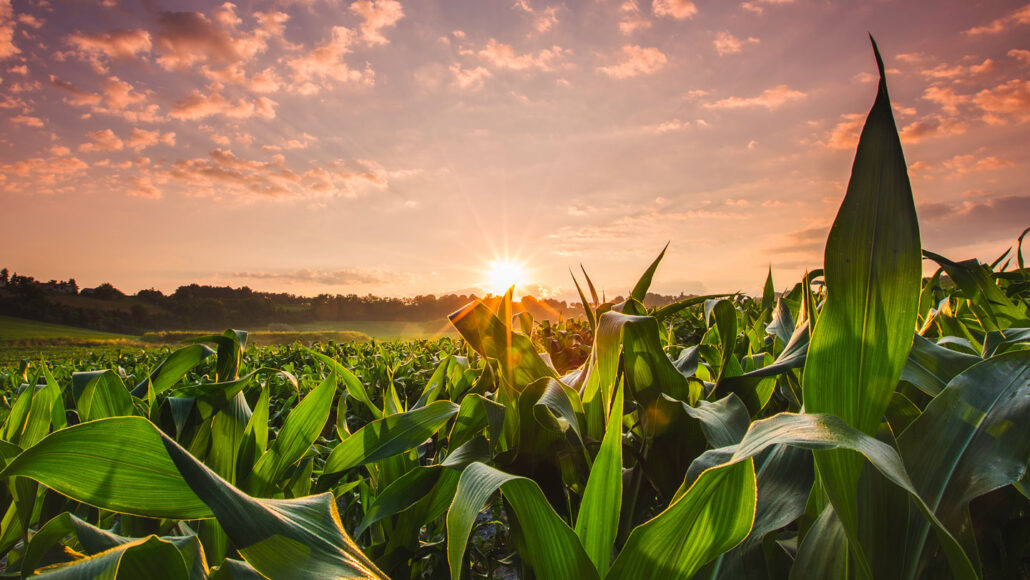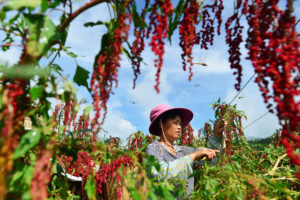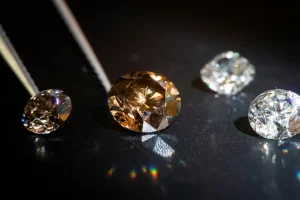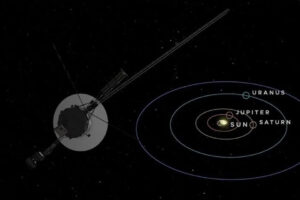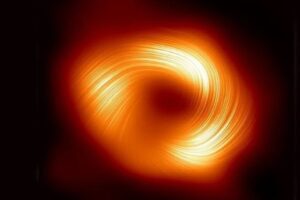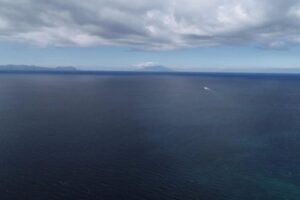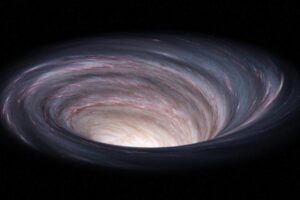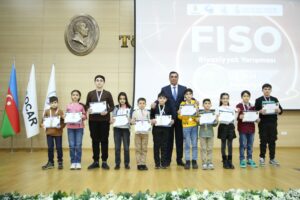Tokyo, 03 March, /AJMEDIA/
Rubisco is a key protein in photosynthesis. That’s the process by which plants use carbon dioxide, or CO2, from the air to make the sugars that feed their growth. Rubisco is the protein that snatches CO2 molecules out of the atmosphere. The protein then adds that CO2 to a plant’s chemical assembly line for making sugars. Rubisco is thought to be the most abundant protein in the world. Without it, sunlight would not be able to feed the plants that feed us.
But Rubisco is actually pretty bad at its job. About 20 percent of the time, Rubisco accidentally grabs an oxygen molecule from the air rather than CO2. That mistake produces toxic compounds inside a plant, which the plant has to get rid of. Doing that requires energy that the plant could be using to grow. Scientists are trying to find ways to help Rubisco work better. If the molecule worked more efficiently, plants could waste less energy on fixing the enzyme’s mistakes and use that energy to grow bigger. That could lead to better crop yields to feed more people.
atmosphere: The envelope of gases surrounding Earth, another planet or a moon.
carbon: A chemical element that is the physical basis of all life on Earth. Carbon exists freely as graphite and diamond. It is an important part of coal, limestone and petroleum, and is capable of self-bonding, chemically, to form an enormous number of chemically, biologically and commercially important molecules.
carbon dioxide: (or CO2) A colorless, odorless gas produced by all animals when the oxygen they inhale reacts with the carbon-rich foods that they’ve eaten. Carbon dioxide also is released when organic matter burns (including fossil fuels like oil or gas). Carbon dioxide acts as a greenhouse gas, trapping heat in Earth’s atmosphere. Plants convert carbon dioxide into oxygen during photosynthesis, the process they use to make their own food.
chemical: A substance formed from two or more atoms that unite (bond) in a fixed proportion and structure. For example, water is a chemical made when two hydrogen atoms bond to one oxygen atom. Its chemical formula is H2O. Chemical also can be an adjective to describe properties of materials that are the result of various reactions between different compounds.
compound: (often used as a synonym for chemical) A compound is a substance formed when two or more chemical elements unite (bond) in fixed proportions. For example, water is a compound made of two hydrogen atoms bonded to one oxygen atom. Its chemical symbol is H2O.
crop: (in agriculture) A type of plant grown intentionally grown and nurtured by farmers, such as corn, coffee or tomatoes. Or the term could apply to the part of the plant harvested and sold by farmers.
molecule: An electrically neutral group of atoms that represents the smallest possible amount of a chemical compound. Molecules can be made of single types of atoms or of different types. For example, the oxygen in the air is made of two oxygen atoms (O2), but water is made of two hydrogen atoms and one oxygen atom (H2O).
oxygen: A gas that makes up about 21 percent of Earth’s atmosphere. All animals and many microorganisms need oxygen to fuel their growth (and metabolism).
photosynthesis: (verb: photosynthesize) The process by which green plants and some other organisms use sunlight to produce foods from carbon dioxide and water.
protein: A compound made from one or more long chains of amino acids. Proteins are an essential part of all living organisms. They form the basis of living cells, muscle and tissues; they also do the work inside of cells. Antibodies, hemoglobin and enzymes are all examples of proteins. Medicines frequently work by latching onto proteins.
Rubisco: This acronym stands for ribulose bisphosphate carboxylase/oxygenase. It is the most common protein on Earth. In its role as an enzyme, it plays a pivotal role in photosynthesis.
toxic: Poisonous or able to harm or kill cells, tissues or whole organisms. The measure of risk posed by such a poison is its toxicity.

